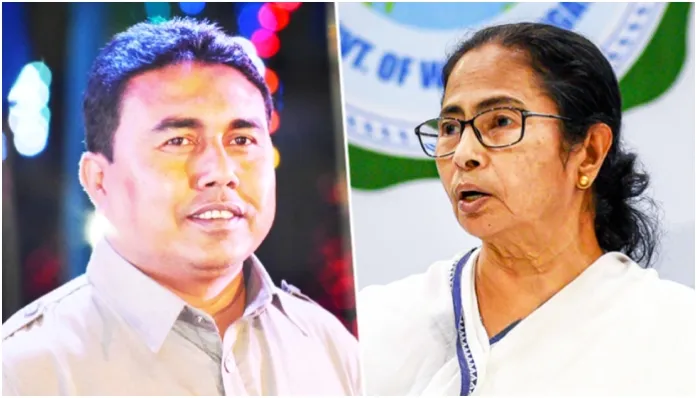The state of West Bengal and central investigative agencies are engaged in a fierce legal tussle concerning allegations against former Trinamool Congress (TMC) leader, Shahjahan. With the Supreme Court denying relief to the Mamata Banerjee-led government and the Central Bureau of Investigation (CBI) pressing charges with three FIRs, the political spectacle continues to unfold. Here is a comprehensive look into the multifaceted clash, detailing the Supreme Court’s decision, the action taken by the CBI, and the implications this conflict might have on the state’s political landscape.
The Supreme Court’s Decision
In a momentous development, the Supreme Court of India declined to offer any reprieve to the West Bengal government in a case that revolves around allegations of corruption and other transgressions against Shahjahan, a former TMC leader. This section delves into the legal proceedings that led to the Supreme Court’s stance, the arguments presented by the state government, and the judiciary’s rationale behind the denial of relief. It paints a picture of the legal intricacies at play and how they affect the political figures involved.
CBI’s Aggressive Crackdown
In an aggressive move, the Central Bureau of Investigation (CBI) lodged not one but three FIRs against the erstwhile TMC leader, signifying a no-tolerance stand against corruption and related offenses. This part of the blog outlines the specific charges filed against Shahjahan, the CBI’s ongoing investigation, and the potential consequences for the accused. The CBI’s proactive measures showcase the central agency’s commitment to uphold the rule of law and indicate the seriousness of the charges levied against Shahjahan.
Political Ramifications in West Bengal
The confrontation between Bengal’s ruling party and the central agencies has broader implications for the state’s political equilibrium. This segment reflects on how the discord between the Mamata Banerjee government and the Centre could influence the political dynamics in West Bengal. It takes into account the implications for the TMC, the opposition’s stance, and the public perception amidst these developments. The clash not only underscores the longstanding strain between state and central authorities but also sets the stage for future political alignments and strategies.
